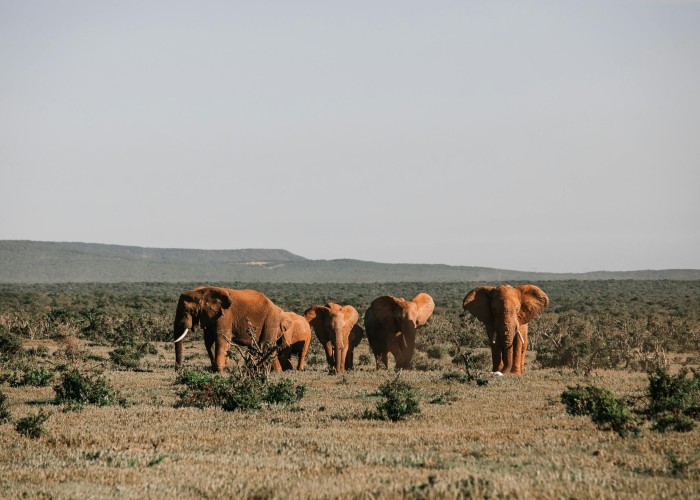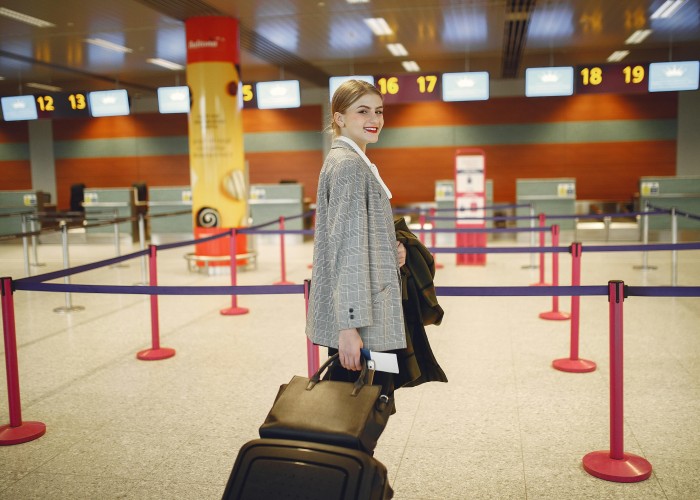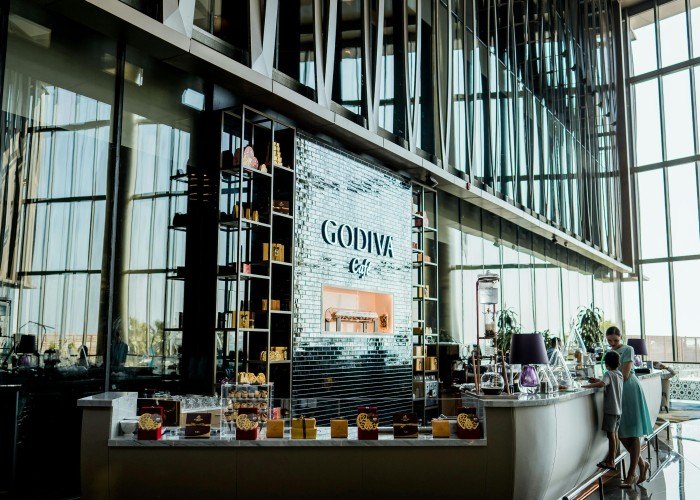Imagine a landscape where green valleys cradle icy mountain peaks, alpine lakes mirror clouds, and trails are etched through ancient forests. That’s Triglav National Park—the beating heart of Slovenia and home to Mount Triglav, the country’s highest peak. Whether you’re traveling from the USA, UK, Australia, Germany, or anywhere else, this guide will walk you through every detail of planning an unforgettable trekking adventure—from culture to caution, gear to etiquette. Triglav National Park Trek, Slovenia.
Overview: What It Is, Where It’s Located, and Why It’s Famous
Triglav National Park protects the emerald core of the Julian Alps in northwestern Slovenia. Named after Mount Triglav (2,864 m), the nation’s emblem, it is one of Europe’s most dramatic and accessible alpine regions. The park features glacial valleys, emerald lakes, high ridges, traditional alpine huts, and a network of well-marked trails that range from gentle walks to challenging ascents.
This range of terrain, mixed with cultural richness—such as local shepherd traditions and Slovene mountain heritage—makes it a trekking jewel. You’re not just walking across land; you’re stepping through living history and raw beauty.
Best Time to Visit
- June to September is prime trekking season—days are long, huts are open, and higher trails are clear of snow.
- July and August offer warm temperatures and full access to trails—but remember, this is peak season.
- Late June and early September give cooler air, fewer crowds, and calmer trails, though weather can turn quickly.
- May or October bring snow patches and shorter facility access—not ideal for full treks.
- Winter trekking is possible only with winter skills, gear, and experience.
How to Reach Triglav National Park
By Air
Fly into Ljubljana Airport, Slovenia’s primary international gateway.
By Train and Road
From Ljubljana, trains and buses service towns like Bled, Bohinj, and Kranjska Gora—Common bases for treks into the park.
By Car
Self-driving offers flexibility. Parks, trailheads, and village accommodations are accessible via scenic alpine roads. Parking fees at trailheads may apply (typically a few euros a day).
Entry Fees and Permits
- Triglav National Park has no entry fee for general hiking.
- Some high routes or sensitive areas may require guided access during certain times—check local updates.
- Overnight stays in mountain huts involve small fees—usually for lodging and meals. Booking in advance is wise. Triglav National Park Trek, Slovenia.
Food Availability and Meal Options
- Mountain huts serve hearty Slovenian fare—soups, stews, polenta, štruklji, and local cheese.
- Bigger towns like Bled and Bohinj have supermarkets, bakeries, and restaurants for pre- or post-trek supplies.
- On the trail, carry snacks, water, and light lunch—huts can close early or have limited hours depending on the season.
Packing List and Essentials
Clothing & Layers
- Hiking shirts (breathable)
- Warm mid-layer (fleece)
- Waterproof jacket and pants
- Sturdy hiking boots or shoes with ankle support
- Gloves, hat, and sun protection
Gear & Tools
- 25–40 L backpack
- Trekking poles
- Water bottles or hydration bladder (1.5–2 L)
- Trail map or offline GPS app
- Headlamp with spare batteries
- Basic first-aid and blister kit
- Lightweight sleeping liner (optional for huts)
Extras
- Snacks (nuts, bars, dried fruit)
- Sunglasses and sunscreen
- Lightweight towel
- Portable charger for devices
Safety Tips and Local Regulations
- Always stay on marked trails to protect alpine flora and avoid unstable ground.
- Weather can shift rapidly—start early, carry layers, and be prepared for wind or rain even on clear days.
- Inform your lodging or someone at home of your daily plans.
- Avoid solo trekking in remote areas unless experienced.
- Do not feed wildlife; keep a respectful distance.
- Dogs are permitted but must be leashed and controlled near livestock.
- No open fires—use hut facilities and follow local fire regulations.
Tips for Beginners or First-Time Visitors
- Start with shorter day hikes near Lake Bohinj or Lake Bled to adjust to conditions.
- Use huts for overnighting—they ease carrying weight and enhance comfort.
- Build stamina with training hikes before tackling alpine terrain.
- Acclimate with shorter guided hikes if unsure.
- Be flexible in planning—weather or trail conditions may require adjustments.
- Include rest or resupply days in towns for comfort and recovery. Triglav National Park Trek, Slovenia.
Local Customs and Cultural Etiquette
- “Dober dan” for “good day” and “Hvala” for “thank you” go a long way.
- In huts, keep voices low in the evenings and replace hut bedding if required.
- Support local culture by tasting traditional Alpine dishes and buying local crafts.
- Follow “leave no trace” principles—these natural spaces are precious and fragile.
Frequently Asked Questions (FAQs)
| Question | Answer |
|---|---|
| How long is the typical Triglav trek? | Main routes range from 5 to 10 days, covering 50–100 km depending on itinerary. |
| What is the difficulty? | Moderate to challenging—some ridges and elevation require hiking fitness but no technical climbing. |
| What is the highest altitude reached? | Summit of Triglav at 2,864 m; many routes traverse passes between 1,900–2,500 m. |
| Are restrooms available? | Yes—at mountain huts and in villages; but limited in the high trail sections. |
| Can the trek be done solo? | It’s possible for experienced hikers. Most prefer going in pairs or groups for safety. |
| Is mobile coverage reliable? | Good in towns and huts; spotty in remote areas—offline navigation recommended. |
| Can I camp instead of staying in huts? | Wild camping is generally discouraged within park; huts are the preferred and safer option. |
| Is it suitable for children? | Older teens with endurance and supervised guidance can manage portions of the trek. |
| When are trails most peaceful? | Late June and early September offer great weather and fewer hikers. |
Final Thoughts
Trekking through Triglav National Park isn’t just a walk in the mountains—it’s an impression left on your heart. Every ridge you crest and lake you pass tells a story of land, history, and people who walk in step with nature. It’s a piece of Slovenia that stays with you long after your boots are clean. Triglav National Park Trek, Slovenia.






Leave a Reply